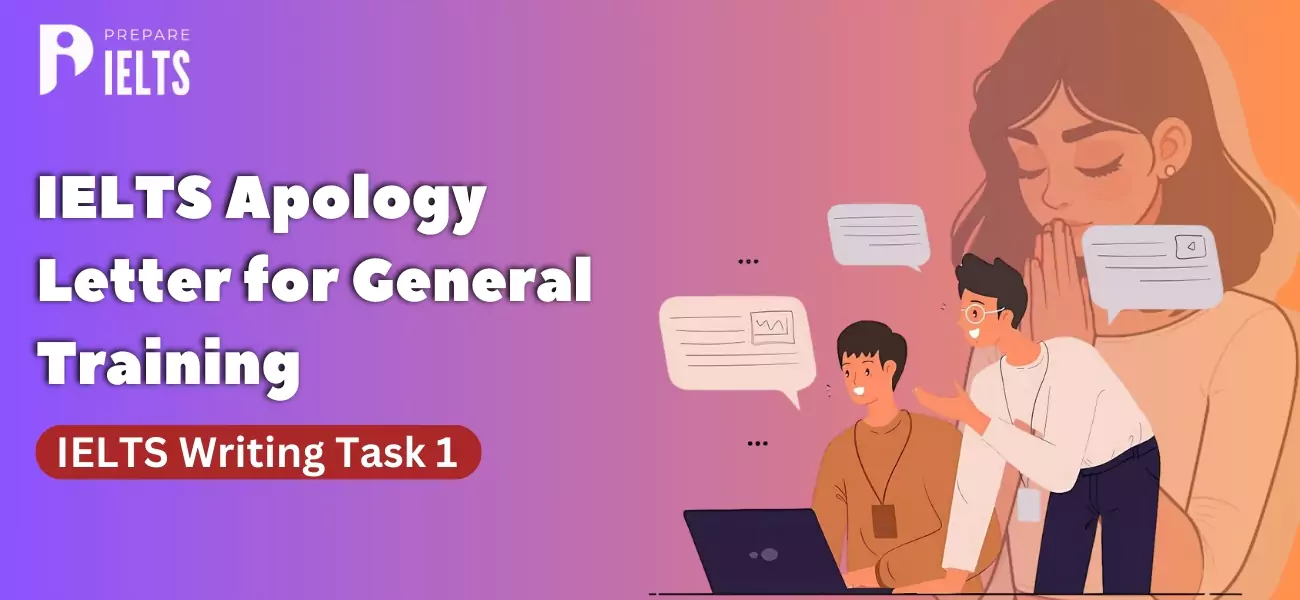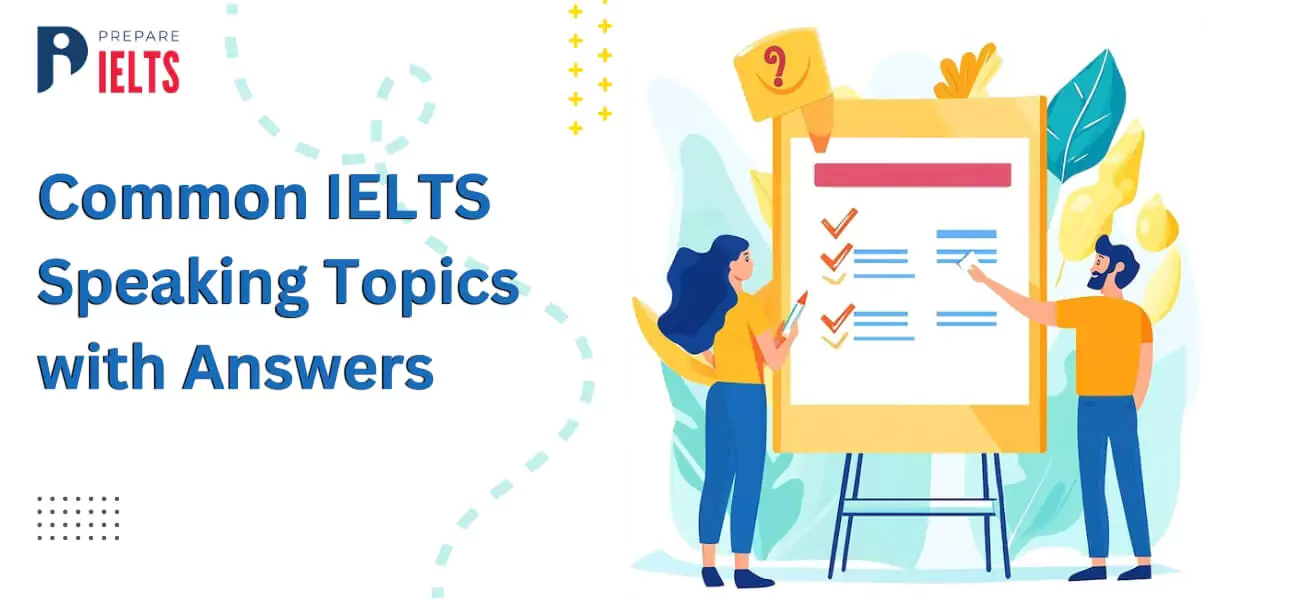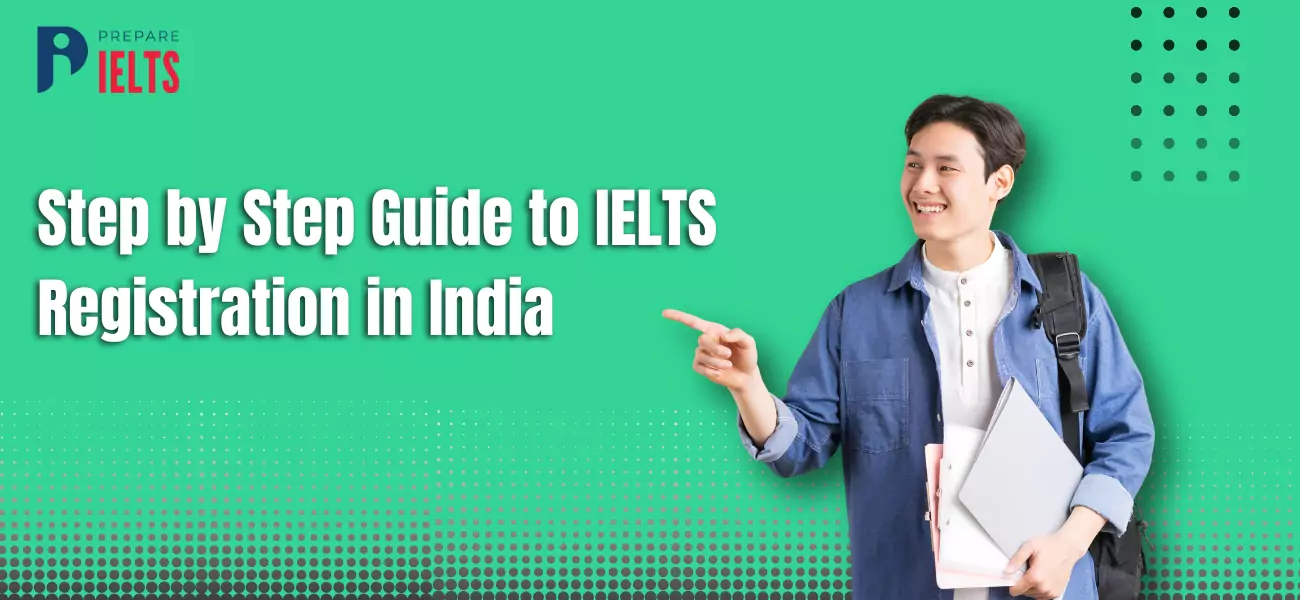
Overview
Are you seeking to work or study in the UK, Australia, Canada or any other study-abroad destination? Then, you should take and master the IELTS General Training test. To achieve the required band score, you must perform well in every component, including the IELTS reading test. Even though the IELTS reading test seems simple, it's not that simple, and you'll need to prepare well to become familiar with the tasks that need to be completed.
In this blog, we have offered a complete guide to the IELTS General Training Reading test. Our guide covers everything from the test's structure to the best strategies for achieving a high score.
What is the IELTS General Training Reading Test?
This test module consists of three parts and 40 questions in total, 60 minutes. The topics are diverse, focusing on scenarios you may encounter in your daily life, social life, work, and university. They cover a wide range of general significance in great detail, ensuring you are prepared for any scenario.
The first section of the test measures your social skills through questions based on typical texts you would come across in an English-speaking nation. Section 2 assesses your proficiency with job descriptions, training manuals, workplace condition documents, and workspaces. In conclusion, Section 3 offers a lengthier, more challenging essay on a widely-interested subject.
You will read content from various sources, including company manuals, instructions, publications, books, and advertising. Furthermore, it might be factual, informative, conversational, and analytical and produced for a general readership rather than experts.
IELTS General Training Reading Test: Format
1. The Types of Text you will be Reading
Three sections of a mix of short and extensive text will make up the IELTS reading test. There are two or three small texts in the first part, two in the second, and one long text to read in the last section.
The text contains sections from books, newspapers, magazines, advertisements and even company handbooks. These are done to resemble the different types of tasks you undergo on a daily basis in an English-speaking country.
-
Designed with "social survival" in mind, the first section will ask you to gather and present general true facts through a series of tasks.
-
In the second part, "workplace survival," you will need to deal with staff development, contracts, and job descriptions.
-
The last section is general, highlighting the descriptive and instructive and encompassing a wide range of topics.
Also Check: Best Books for IELTS General Exam 2024
2. Understand the 11 Different Types of Tasks
The IELTS reading test encompassing 40 questions divided into 11 different categories of tasks. These exercises will test your reading, reasoning, and analytical abilities, including understanding arguments and paying attention to details.
Tasks Include:
-
Multiple-choice questions
-
Identifying information
-
Identifying views and claims
-
Matching information
-
Matching headings
-
Matching features from statements
-
Matching sentence endings
-
Sentence completion
-
Summary, note, table & flow-chart completion
-
Diagram label completion
-
Short-answer questions
To avoid being punished, it is important that you follow the guidelines provided in each work and use accurate and proper grammar in your responses.
3. Ways to Approach the General Training Reading Test
Even though the reading test may appear complicated at first, if you know what to do and how to study, you shouldn't worry!
Here are some pointers to help you get back on the path.
-
Read Each Passage Accurately and at a Fast Speed.
Even though 60 minutes may seem long, the time goes quickly, especially if you have to read several texts and provide answers to questions at the same time. Experimenting with reading for information and carefully reading the details is a smart way to prepare for tests. Depending on the requirements of the research, this will make it easier for you to transition between the two.
-
Not all Passages can be Read in Order.
Most questions will be answered in the same reading order as the material, except for tasks like matching features and completing flow charts. To identify it while reading quickly, you must become familiar with the exam format.
-
Carefully Assess the Multiple-Choice Questions
The reading test's multiple-choice questions (MCQs) are not the typical "select the best answer out of four" format. There will be times when you have to select the top two or even three responses from a list of options. Although this may seem complicated, practice makes perfect!
4. Prepare yourself better with these resources
Starting to take sample practice exams that imitate the actual reading test settings is a terrific method for ensuring that you are well-prepared.
Furthermore, you can participate in a complimentary IELTS Webinar led by IELTS professionals who provide advice on how to score higher with confidence, including strategies for the reading test!
You'll be able to experience exam environments as close to true as possible, and you'll receive tailored feedback to help you review and improve on the areas requiring more attention.
Also, read: Minimum IELTS Score for Different Countries
Tips to Qualify for the IELTS General Training Reading Test
One of the most important things to remember when taking an exam is to manage your time well. This is especially relevant for the reading module, where your ability to read quickly while understanding what you read is tested.
We have offered some crucial advice to help you complete this step as effectively as possible.
-
Each segment should not take 20 minutes: If you are stuck on a question for too long, you can move on to the next one and finish the test. In conclusion, you can return to that question and provide a more collected response.
-
Examine the text before you begin: In 60 minutes, you must respond to 40 questions. A thorough analysis of every sentence is not required. Concentrate on the text's headings, subheadings, and most important elements. This will facilitate a quicker response.
-
Examine the opening and conclusion carefully: The writer's viewpoint or point of view usually appears at the start or finish of the text.
-
Once you've identified the keywords, you can link them to the ideas the text discusses. To make them stand out when responding to the questions, highlight or underline them.
-
Examine every question before responding to it: Examine the question quickly and make an effort to highlight the important words. You'll discover the solution more quickly if you use this strategy.
-
Respond to each of the 40 questions: Strive to answer every question, even if you cannot determine the best course of action.
-
Verify your responses: If you have the time, review your responses before turning in the exam. Your grade may vary depending on the review.
Also, Check: How to Increase Reading Speed and Boost Your IELTS Reading Score
Register Now, for a free Mock test - Join Today!
Conclusion
To sum up, The 40 IELTS general reading test questions evaluate your proficiency in various reading-related areas. The essential points, supporting facts, logical reasoning, reading and identifying the writers' opinions, beliefs, and intents would all require you to read.
Above, we have covered all the details regarding IELTS general training reading. We hope this piece of information is helpful to you. However, you can contact Prepare IELTS Exam (PI) expert counsellors for more guidance and IELTS preparation. Our team of education experts is dedicated to providing you with the best guidance in the IELTS exam. You can get a one-on-one counselling session online via our platform. Contact us at info@prepareieltsexam.com or call us at +91 9773398388.
FAQs
Depending on the question, it may vary, but consider scanning and looking. Start by looking at the headings, diagrams, and glossary to understand the essay content. Next, use the key terms in the questions to guide you to the suitable place in the article. Additionally, remember that reading is easier if you learn more vocabulary.
If you choose to take the IELTS computer version, you will complete the Speaking test before or after the Reading, Writing, and Listening tests in the same order on the same day. If you take the IELTS on paper, writing, Reading, and Listening are the examinations you will complete in the following order. The Speaking test can be taken the day of the exam or up to seven days before or after, depending on the testing facility.
Each IELTS exam is carefully created and evaluated to guarantee an even degree of difficulty throughout all test rounds.
Tips should follow to prepare for the IELTS general reading test: each segment should not take 20 minutes; if you are stuck on a question for too long, you can go on to the next one and finish the test, examining the text before you begin. In 60 minutes, you must respond to 40 questions, read the opening and conclusion carefully, and so on.
The Listening, Reading, and Writing sections of the test are completed on the same day, right after one another. The Speaking test can be taken on the day of the test or up to seven days in advance or later at certain testing centres. The Speaking section of the IELTS computer test will be administered on the same day as the other three sections or either before them or after them.
Latest Blogs
-

IELTS Score for Canada: Minimum IELTS Requirement for Canada 2025
2024-09-27 18:24:14
-

IELTS Apology Letter for General Training: IELTS Writing Task 1
2024-09-25 16:38:03
-

Minimum IELTS Score for Australia: Student Visas, Universities, and PR in Australia
2024-09-23 18:09:51
-

Common IELTS Speaking Topics with Answers
2024-09-20 18:21:56
-

Describe a foreign culture that you like: IELTS speaking cue card
2024-09-18 16:14:11
-

Describe a Rainy Day IELTS Speaking cue card
2024-09-18 11:11:32
-

Describe a new law you would like to introduce in your country IELTS cue card
2024-09-13 17:17:46
-

Describe your favourite weather: IELTS cue card
2024-09-11 18:01:28
-

Describe an enjoyable journey by public transport: IELTS cue card
2024-09-09 18:05:45
-

Step-by-Step Guide to IELTS Registration in India for the Year 2024 & 2025
2024-09-07 12:59:51


